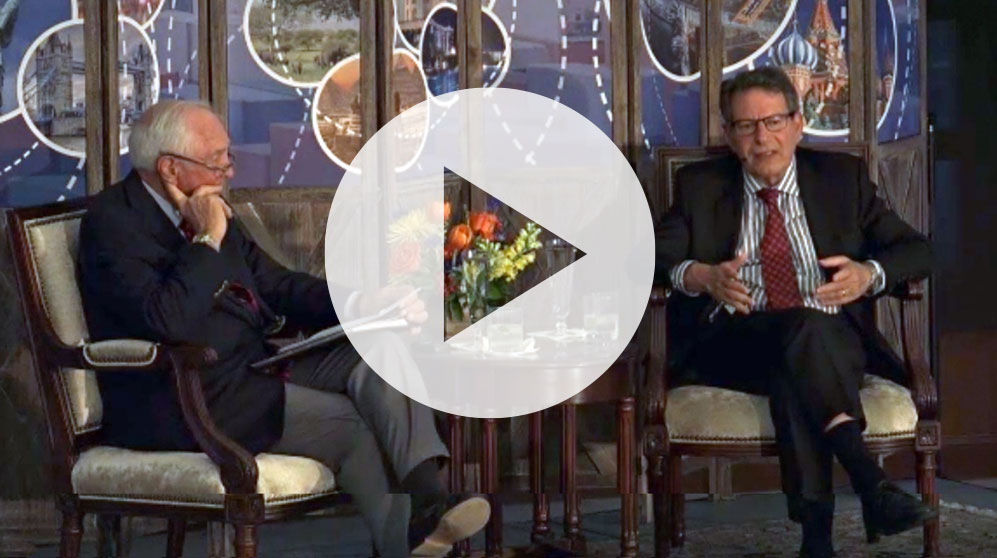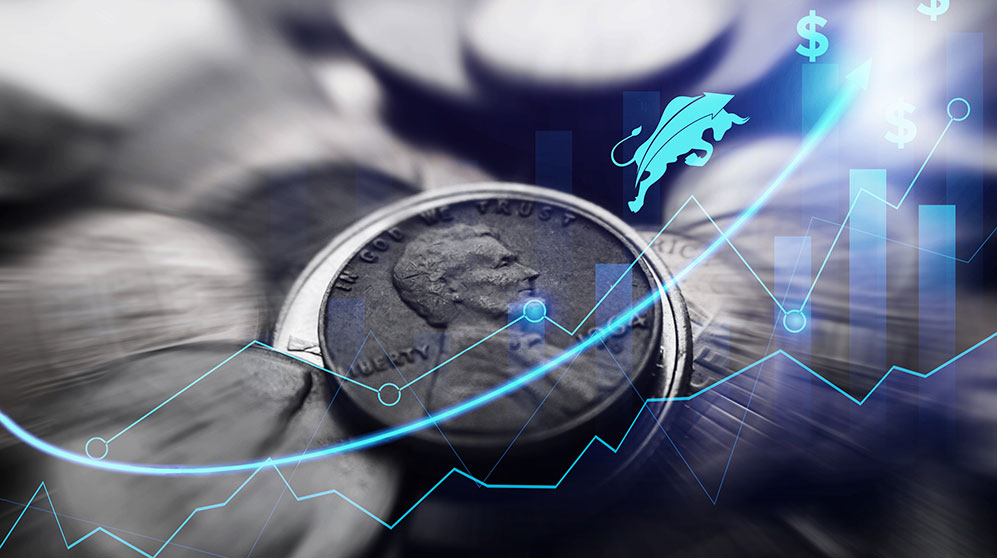U.S. Walks an Economic Tightrope—One Slip and…
• 3 min read
- Brief: Global Economy

Get the latest in Research & Insights
Sign up to receive an email summary of new articles posted to AMG Research & Insights.

AMG sees smooth economic sailing through 2022 as the world recovers from the COVID-19 recession. But after that, the water might get choppy.
Right now, the United States is responding to significant Federal Reserve (Fed) monetary stimulus and massive government relief programs. Globally, as more and more people are inoculated, international growth in all likelihood will slowly but surely accelerate—each country at its own pace.
Today’s record-high U.S. financial markets reflect current interest rates, and corporate earnings and growth levels. Fed actions to stimulate the economy have been spot on and settled financial markets. A series of emergency government relief programs worth $5.9 trillion was the right economic prescription.
However, many investors wonder if the past 15 months of stimulus and government relief will have future economic repercussions.
The United States now has the highest government debt-to-GDP ratio since World War II. The Federal Reserve owns more U.S. debt than ever before, about twice as much as before the pandemic hit, and is purchasing about 20% of all new debt being issued. Foreign holders of U.S. debt have decreased to the lowest level since 2007. Interest rates remain at a 50-year low, and Fed Chairman Jerome Powell has indicated they will stay so until inflation is “on track to move moderately above 2% for some time. When we get that, that’s when we’ll raise rates.”
These policies appear aimed at getting as many people back to work as possible. But it’s an economic tightrope. In the past, once inflation gathered momentum, it proved difficult to curtail and often required raising interest rates. With that, at best, the economy slowed down. At worst, America slumped into recession.
For an example of what can go wrong, look at housing prices, which are highly sensitive to interest rates. Typically, homeowners borrow an amount in which annual mortgage payments equal to 33% of their income. If mortgage rates go up from 3% to 5% as the Fed tries to control higher inflation, the monthly payments on a 20-year mortgage would increase 20%, meaning homebuyers would have less purchasing power. That in turn could cause currently rising housing prices to flatten out, and in the worst case, prompt them to slump.
Also, if interest rates increase and stay elevated after the next 18 months, investors can expect expanded financing of government spending. Discretionary federal dollars—money not specifically allocated to government programs—account for 25% of the federal budget. Higher interest payments on the federal debt will come from these dollars unless the government collects more revenues or cuts other costs, which is where proposed tax increases come in. Boosting taxes suggests less economic growth as individuals have less to spend and corporations have less to invest in plants, equipment and workers.
This highwire act will only work if the Fed in the long run avoids a recession while successfully balancing low interest rates, low inflation and low unemployment. It’s something America has never done before.
This information is for general information use only. It is not tailored to any specific situation, is not intended to be investment, tax, financial, legal, or other advice and should not be relied on as such. AMG’s opinions are subject to change without notice, and this report may not be updated to reflect changes in opinion. Forecasts, estimates, and certain other information contained herein are based on proprietary research and should not be considered investment advice or a recommendation to buy, sell or hold any particular security, strategy, or investment product.
Get the latest in Research & Insights
Sign up to receive a weekly email summary of new articles posted to AMG Research & Insights.




